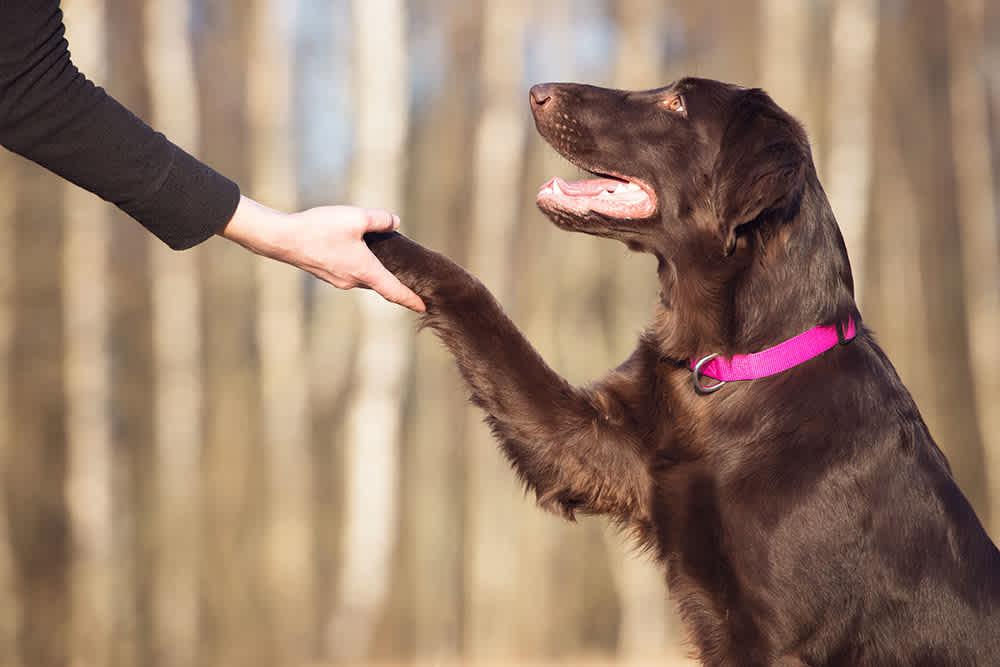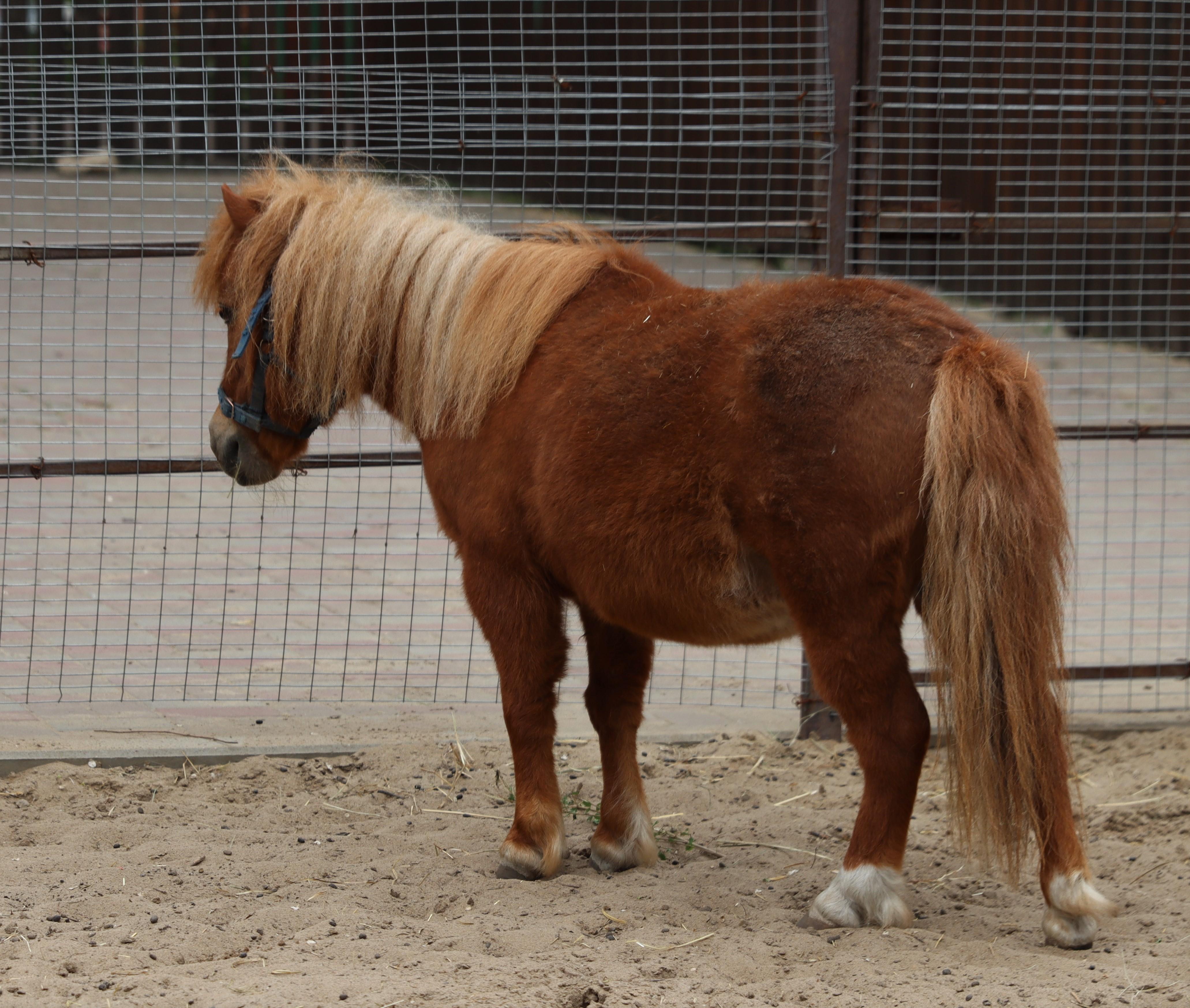Taking your dog to the park can be a joyful experience for both you and your furry friend, but ensuring that your pet is well-prepared for the adventure is key to a safe and enjoyable outing. Dog parks offer a wonderful opportunity for socialization, exercise, and fun, but they also present a unique set of challenges that require thoughtful preparation. Whether you’re a new dog owner or a seasoned pet parent, understanding how to train your dog for the park environment can make all the difference. In this guide, we’ll walk you through practical steps and tips to help your dog become a well-mannered, confident, and happy park-goer. With patience, consistency, and a positive approach, you’ll be setting the stage for countless memorable outings with your canine companion.
Preparing Your Pup for Social Success
Taking your dog to a dog park is a wonderful way for them to exercise, socialize, and expend energy, but it requires a bit of preparation to ensure they are ready for this exciting environment. Begin by introducing your pup to basic commands such as sit, stay, and come, which will help you manage their behavior in the park. Practice these commands in different settings to reinforce their reliability. Once your pup is comfortable with the basics, introduce them to various social situations. This can include meeting other dogs on walks or inviting friends with well-behaved dogs over for a playdate. The goal is to gradually increase their exposure to different dogs and people, helping them become more adaptable and confident.
Before heading to the park, ensure your dog is up-to-date on vaccinations and is wearing proper identification. At the park, observe the dynamics and choose a time when it’s not too crowded for your pup’s first visit. Remember to pack essentials like a leash, water, and waste bags. When you arrive, keep your dog on a leash until they seem comfortable, then let them off to explore. Stay attentive to their interactions and intervene if necessary. Here are a few tips to keep in mind:
- Always supervise your dog and be ready to step in if play gets too rough.
- Encourage positive interactions and reward good behavior with treats or praise.
- Be mindful of your dog’s body language; if they seem stressed, take a break.
- Make sure your dog is well-fed and hydrated before visiting the park.
By preparing your pup for these outings, you’ll help them build the social skills needed to thrive and enjoy their time at the dog park.

Mastering Basic Commands for a Safer Playtime
Ensuring your dog is well-versed in basic commands is crucial for a safe and enjoyable experience at the dog park. Commands like sit, stay, come, and leave it form the foundation of effective communication between you and your furry friend. These commands not only help in managing your dog’s behavior but also in preventing potential conflicts with other dogs. Start training in a quiet environment, gradually introducing distractions to simulate the lively atmosphere of a park. Consistency and patience are key—reward your dog with treats and praise to reinforce positive behavior.
- Sit: Helps manage excitement levels and is useful when greeting other dogs and owners.
- Stay: Essential for keeping your dog stationary in potentially chaotic situations.
- Come: Crucial for recall, ensuring your dog returns to you despite distractions.
- Leave it: Prevents your dog from picking up harmful objects or engaging in unwanted interactions.
Remember, every dog learns at its own pace, so tailor your training sessions to your dog’s unique needs and personality. By mastering these commands, you’ll pave the way for a safer and more harmonious playtime, allowing both you and your dog to enjoy the park with confidence.

Building Confidence and Curbing Anxiety
Helping your furry friend feel secure in a dog park setting is key to ensuring a positive experience for both of you. Confidence building starts with small steps. Begin by introducing your dog to new environments gradually, allowing them to explore at their own pace. This could be a short visit to a less crowded park or even a quiet section of your backyard. As they grow more comfortable, gradually increase the level of activity and number of dogs they encounter. Socialization is crucial, so organize playdates with friendly, well-behaved dogs to help your pet develop good social skills.
To help manage anxiety, consider these helpful strategies:
- Routine: Establish a consistent routine that includes regular visits to the park, so your dog knows what to expect.
- Positive Reinforcement: Reward calm behavior with treats and praise, reinforcing their confidence in the new environment.
- Observation: Keep a close eye on their body language. Signs of stress, such as excessive panting or cowering, indicate it may be time for a break.
- Safe Space: Create a safe space by bringing along a familiar toy or blanket that provides comfort and reassurance.
Choosing the Right Dog Park for Your Furry Friend
When it comes to selecting a play area for your canine companion, the choice can significantly impact their socialization and exercise. Consider these key factors to ensure a safe and enjoyable experience for your dog:
- Size and Space: Look for parks that offer ample space for your dog to run and explore. Larger parks provide more opportunities for exercise and can help avoid overcrowding.
- Fencing and Safety: Ensure the park is securely fenced to prevent any adventurous escape attempts. Double-gated entries are a plus for added security.
- Dog-Friendly Amenities: Check for amenities such as water stations, shaded areas, and waste disposal stations. These features contribute to a more comfortable and hygienic visit.
- Separate Areas for Different Sizes: Parks that offer distinct areas for small and large dogs can help prevent accidents and ensure all dogs play safely.
By considering these elements, you can choose a park that not only meets your dog’s physical needs but also provides a positive environment for social interactions.

